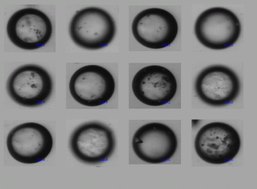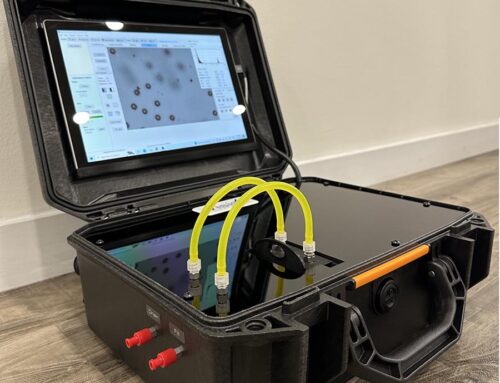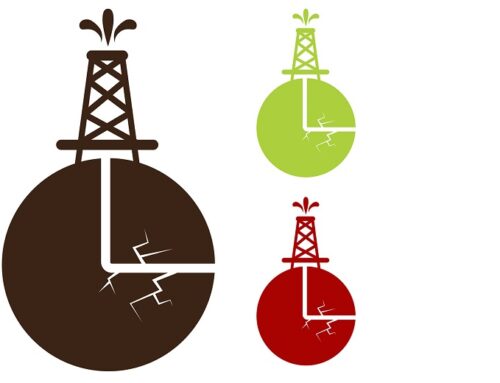Particle size is a crucial property to measure when dealing with particulate raw materials. It underlies key manufacturing parameters like flowability, packing, and wetting–each of which can have a demonstrable impact on the end quality of a part or product. Identifying issues that could cause size variability, therefore, is critically important. Conventional particle sizing techniques can identify changes in particle size using a primary distribution curve, but identifying them is another matter.
Identifying, quantifying, and comparing large particles via particle imaging can provide invaluable insights. It can help users screen agglomerated particles in raw materials as part of ongoing quality assurance and control (QA/QC) processes or diagnose supply chain issues. Size-only measurements can tell you if agglomerates are present, but if those agglomerates negatively affect end-product efficacy and performance, it’s essential to go beyond size measurements if you want to take proper corrective action.
What are Agglomerates?
In the industry of raw powders and materials, an agglomerate is initially considered something large and outside the normal distribution. True agglomerates are formed when multiple particles form a new, singular mass. The particles are kept together by chemical and physical forces–depending on which method of adhesion was used to form the agglomerate in the first place1. Agglomeration, the process of an agglomerate forming, is a natural process that can be beneficial or a hindrance, depending on the environment in which it happens. In raw materials, it is typically detrimental. If agglomerates propagate through to finished pharmaceutical products, for example, they may alter the dissolution properties of active ingredients, directly impacting drug efficacy. This would pose a raft of issues, including poor product efficacy alongside regulatory concerns. But what if the presence of these large particles are not actually agglomerates but rather large bubbles? What if they’re contamination from other sources in the process?
What is Dynamic Imaging & How is it Used?
Dynamic imaging methods have been developed to complement particle size measurements with shape data. Whereas laser diffraction only allows for particle size, dynamic image analysis (DIA) is used to characterize particles and determine both size, shape, and concentration, which is the perfect solution for analyzing agglomerates.
Dynamic image analysis utilizes a high-speed camera to capture high-quality images while particles are in motion, suspended in a liquid. These images are then converted to binary which allows for the calculation of real-time particle shape data for each particle measured and stores particle thumbnail images.
What are the Benefits of Using Dynamic Imaging to Identify Agglomerates?
Dynamic Imaging offers many advantages for those needing to identify agglomerates. Being a number-based technique, it performs measurements on all particles and can be used to quantify and compare the presence of agglomerates which then helps to understand the quality of raw material and can be used to maintain high levels of process control.
Identify
Being able to identify agglomerates and characterize what particles it is made up of is vital for a range of applications. In some cases, additional particles are harmless and will not impact the function of the agglomerates but knowing what they are is still helpful. However, some particles may be damaging, and identifying them could be vital moving forward.
Quantify
Using particle imaging to quantify large particles offers several advantages. Knowing how many particles are within a sample allows an analyst to figure out what percentage of a sample is made up of agglomerates. Quantifying data is useful in determining the urgency of decisions for correcting defects.
Compare
Sample-to-sample comparisons are important in monitoring if and how agglomerates change over time in terms of size and shape. Being a number-based method, dynamic image analysis can be used in quality control to observe whether the presence of agglomerates has changed in number or percent over time or lot-to-lot, allowing analysts to make the proper changes to rectify any issues. Overall, this should support reduced downtime and prevent wasted samples.
Vision Analytical Inc. and Dynamic Imaging Instruments
Vision Analytical Inc. was founded to help companies and scientists with their material characterization applications. As a science-led company, Vision Analytical Inc. is dedicated to developing creative solutions for identifying particle shape and size, with one such instrument being the Pi Sentinel PRO.
Pi Sentinel PRO
The Pi Sentinel PRO is a class-leading particle insight instrument that can identify and analyze particle shape and size. Obtaining that information is vital for processing applications, as identifying agglomerates helps analysts understand material quality and reduce any problems during processing.
As a new generation of particle imaging instruments, the Pi Sentinel PRO is a fully automated, computer-controlled device that uses a high-resolution camera and lighting to characterize tens of thousands of particles in seconds.
Contact us today for more information on how particle imaging or our Pi Sentinel PRO can support your particle characterization applications.







